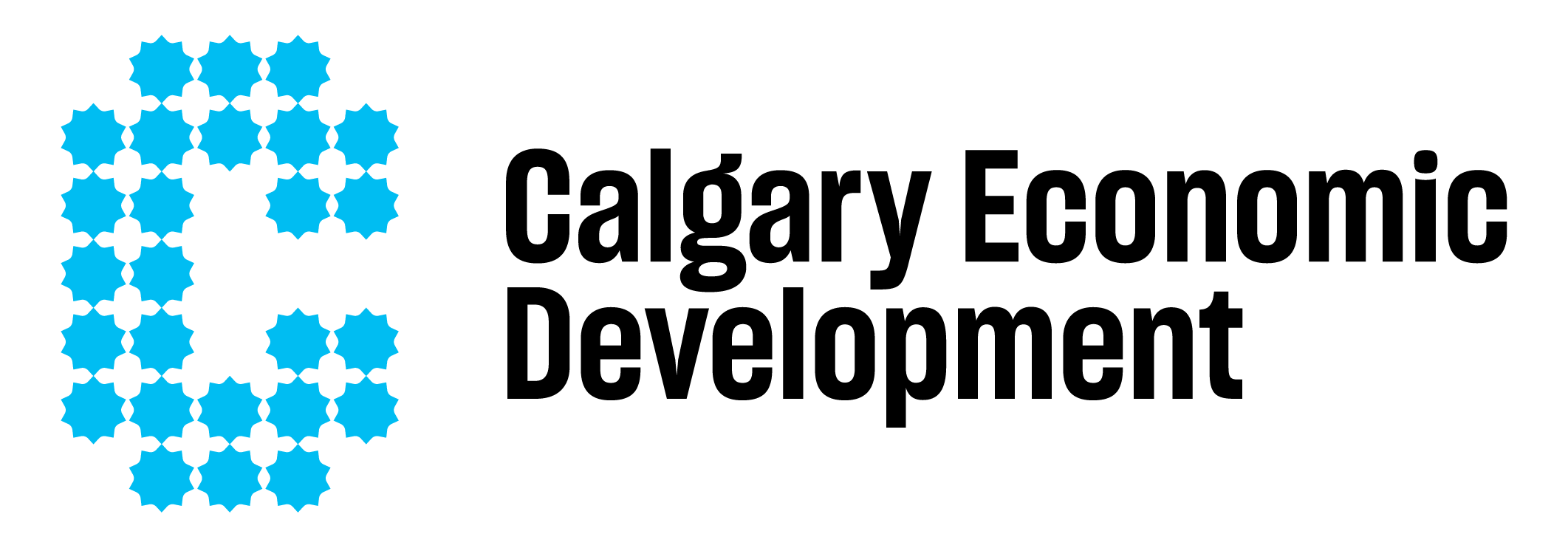Hexagon is one of the world’s leading providers of integrated global positioning solutions. Its Autonomy and Positioning division, based in Calgary, is a reason why the city is regarded as an international hub for geomatics engineering. As of 2017, 25 per cent of all Canadian geomatics, navigation, and global positioning firms were headquartered in Alberta.
“Our guiding principle is to improve the world through technology,” says Sheena Dixon, Segment Manager, New Markets. “For me, that means I get to play with cool new tech and tinker with new gadgets every day.”
What kind of technology are we talking about? Think about the precision positioning and GPS required on land, sea and in the air, for autonomous systems to function across diverse industries – like self-driving vehicles.
Every second an autonomous vehicle is on the road, it must be able to monitor its environment, like its proximity to pedestrians, buildings and other cars, and adapt to changing road conditions to get safely from point A to point B.
Hexagon combines data and distance measurements from satellites, LiDAR (Light Detection and Ranging), RADAR (Radio Detection and Ranging), and vehicle cameras to tell autonomous vehicles their speed and precise location – down to the centimetre.
Furthermore, autonomy in vehicles isn’t limited to the roads; Hexagon is applying this technology across markets in mining, construction, agriculture, defense, and more.
Connection to Calgary’s innovation ecosystem
“Without the City, we wouldn’t be able to test our technology,” says Dixon.
Hexagon has an established partnership with the City of Calgary as part of the Living Labs program, which offers city infrastructure for companies, researchers and individuals to test and try ideas and products in a real-life environment. The company is permitted to use a vacant snow-dump lot as a controlled space for testing the positioning and navigation capabilities of autonomous vehicles.
Its first project with the City involved the ELA (“electric autonomous”) shuttle, which moved more than 4,500 visitors, 12 at a time, between the Calgary Zoo and TELUS Spark during a trial in September 2018. As the first autonomous shuttle to operate in western Canada, ELA was a pilot project to judge the long-term viability of using autonomous vehicles in the city.
The company also values its close relationship with the University of Calgary’s geomatics department, which is the largest in Canada. It estimates 50 per cent of the company’s Calgary engineering staff is drawn from the university’s graduates.
To learn more about how Hexagon is growing Calgary’s autonomous future and other opportunities in the city’s burgeoning tech sector, visit Live Tech, Love Life.

